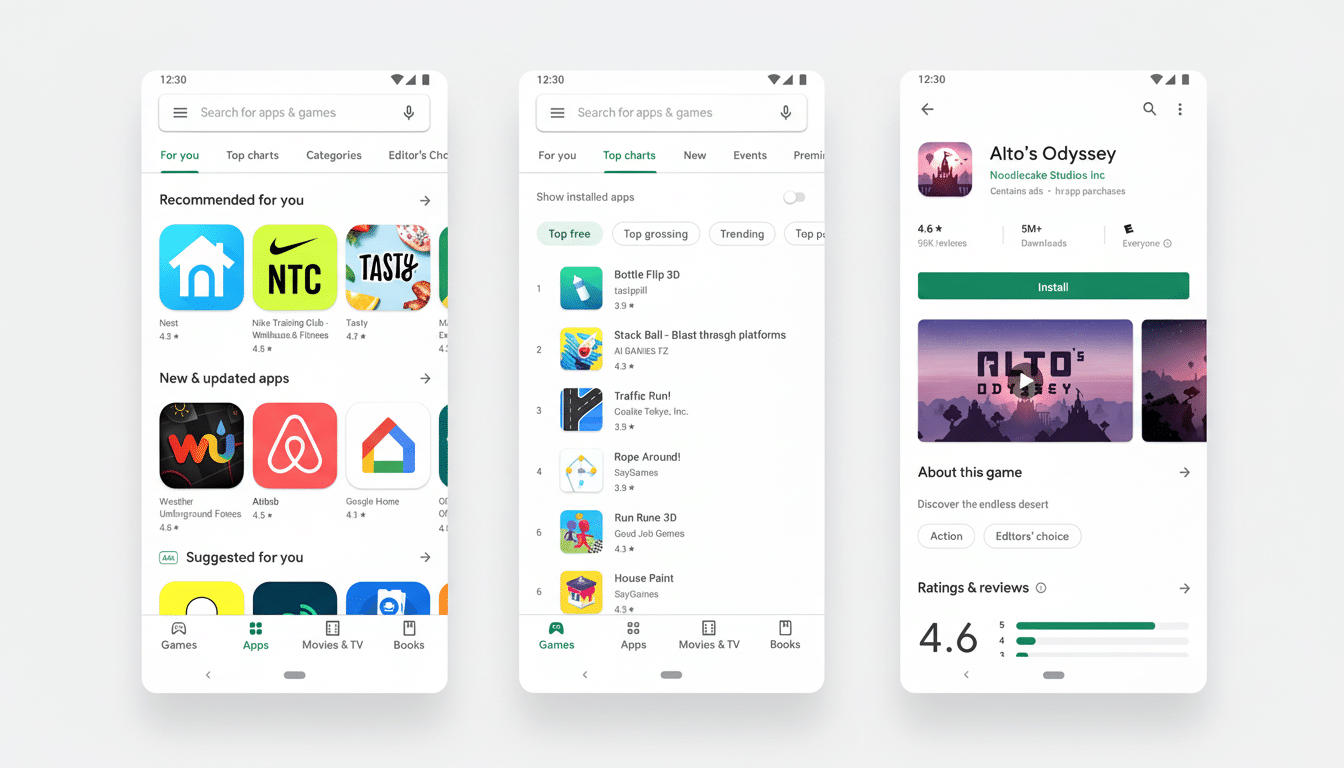Google has reversed a proposal that would have effectively shut out untested developers from Android. Following vocal criticism from the open-source community, indie devs, and power users, the company now states it will leave sideloading alone and is bringing in a new install flow to allow experienced users to go ahead with apps from developers who have not gone through identity checks.
Why Google Backed Off Its Plan to Block Unverified Developers
Its initial plan would have had every Android developer provide evidence of their identity—even if they never distributed their work via the Play Store. Apps from unverified accounts would have been blocked from installing on certified Android devices, a widespread effect that inspired a “Keep Android Open” campaign and scrutiny by digital rights lobbies and regulators across multiple geographies.

Critics, including maintainers of the FOSS app repository F-Droid, complained that the move could consolidate control over a historically open ecosystem. It was criticized on Reddit and developer forums as having a chilling effect on experimentation, harming student projects and threatening privacy crucial for whistleblowers and activists. The Electronic Frontier Foundation, for example, has long warned that overly strict real-name rules can create unintended consequences for marginalized communities and security researchers.
Google cast verification as a much-needed defense against malware and social engineering, citing years of data to suggest that devices installing apps from Play encounter far fewer potentially harmful apps than sideloaded fare. The company already requires identity verification for Play Store publishers and has made significant investments in Play Protect, which it says has prevented millions of harmful or policy-violating app submissions and disabled vast networks of abusive accounts based on intelligence from those scans, as platform security reports show.
A New Direction for Power Users Who Sideload Apps
Instead of a hard block, there will be an enhanced install flow for more experienced users who wish to continue installing such software. The flow will, the company says, become hardened against social engineering—think of a classic scammer getting someone on the phone to “tap through” warnings and install a fake banking app.
Count on some friction at click-to-install: clearer risk labeling, multiple intent checks, and guardrails to combat coercion. This expands on Play Protect’s existing real-time scanning for sideloaded apps and machine-learning-powered identity risk assessment to serve users a warning if code looks questionable. Both FluBot and banking trojans like Anatsa have been successful with the help of sideload prompts sent via SMS or messaging apps; Google’s hope is to reduce those pressure tactics without closing off access to legitimate sideloading.
Sigh of Relief for Indie Devs and Students
Google will also offer a special account type for students and hobbyists to minimize friction as it courts tinkerers and small teams. It will enable distribution of apps to a small number of devices without full identity verification, making the path for classroom demos, hackathon projects, or sharing internal apps within an organization for feedback easy.

That compromise implicitly admits how much Android’s innovation loop relies on informal distribution: beta builds sent over Telegram, test APKs in Git repos, or FOSS releases beyond commercial stores. It also provides a more obvious on-ramp to complete verification as projects age, potentially improving trust signals for users while maintaining access levels.
Security and Openness in Conflict on Android Sideloading
Android has long walked a pair of truths: sideloading is a vector for abuse, and also a legitimate cornerstone of the platform’s openness. Google’s security reports have consistently found that devices limited to Play are significantly less likely to encounter potentially harmful apps than those that download them from unknown sources. Meanwhile, developer communities and organizations such as F-Droid and the Free Software Foundation argue that alternative distribution is crucial to freedom for users of the software because it brings transparency in how software behaves.
Regulatory winds matter here, too. EU and UK competition authorities have looked closely at app store control, while legislative focus on platform openness has also brought pressure to bear on gatekeeping strategies. By substituting a graduated safety model for a hard requirement, Google is sending a message it wants to lessen the risk of malware without prompting antitrust headaches—or driving away the developer base that built Android into what it is today.
What to Watch Next as Google Tests Its New Install Flow
Google adds there’s more information on the advanced install flow to come, and selected developers are already being invited via the Android Developer Console to test verification for distribution outside of Play. Developers can expect more clarity around the labeling of verification status, and users will likely see stronger warnings—and have to tap through more screens—when they try to install an unverified app.
Execution will tip the result. If the cues aren’t good enough, scammers adjust. When they’re heavy-handed, legitimate sideloading grows even more aggravating. A data-driven rollout—gauging how frequently users back off, how many harmful installs are foiled, and whether it’s still ensuring legitimate indie apps make it to their audiences—can tell us if Google has struck a balance between safety and openness.

